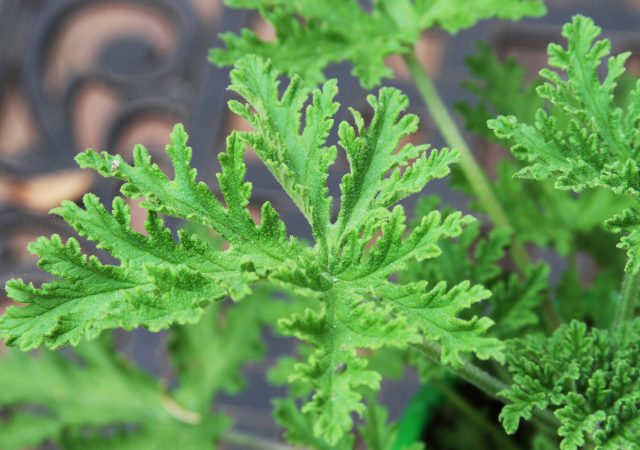Let’s talk about how we can help native MN bee habitats. As a quick review, native bee populations are in need of our help. Food sources for local bees are being contaminated by pesticides, their native habitat has been reduced due to agriculture and housing development, and air pollution, in general, is affecting their overall health. That’s just the tippy top of the iceberg for our native bee populations’ troubles. How we, the urban gardener, can assist bees today involves creating overwinter habitats for them to snooze. Bees overwinter in the ground in dense leaf piles, in wood piles, and in thick garden bed mulch. Stems of pithy plants that you have in your garden can be a safe haven for bees and hold eggs for next year’s population.
As an action plan for your fall cleanup, consider not cutting down stalks of Monarda, Asters, Goldenrod, Elderberry and Sumac. Depending on the species of bee, there is a case for leaving these garden plants at a height of 12-15 inches to accommodate species that like to use the bottom portion and those species that like to use the top.
*A little bonus tidbit, queen bees like to overwinter on the north side of hills and homes as it’s the coldest and darkest place. These wise ladies don’t want to be fooled into thinking spring has come on a warm sunny day, only to be frozen overnight or the next day if a cold wind comes around.




